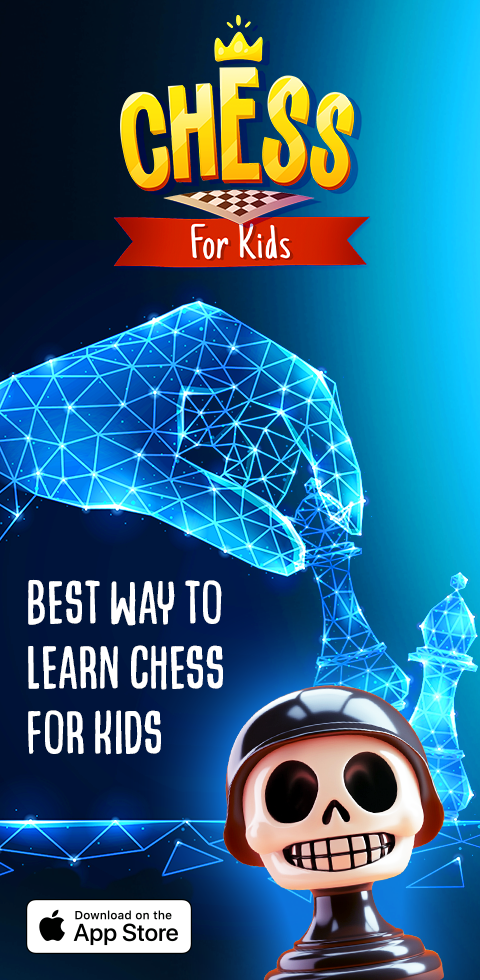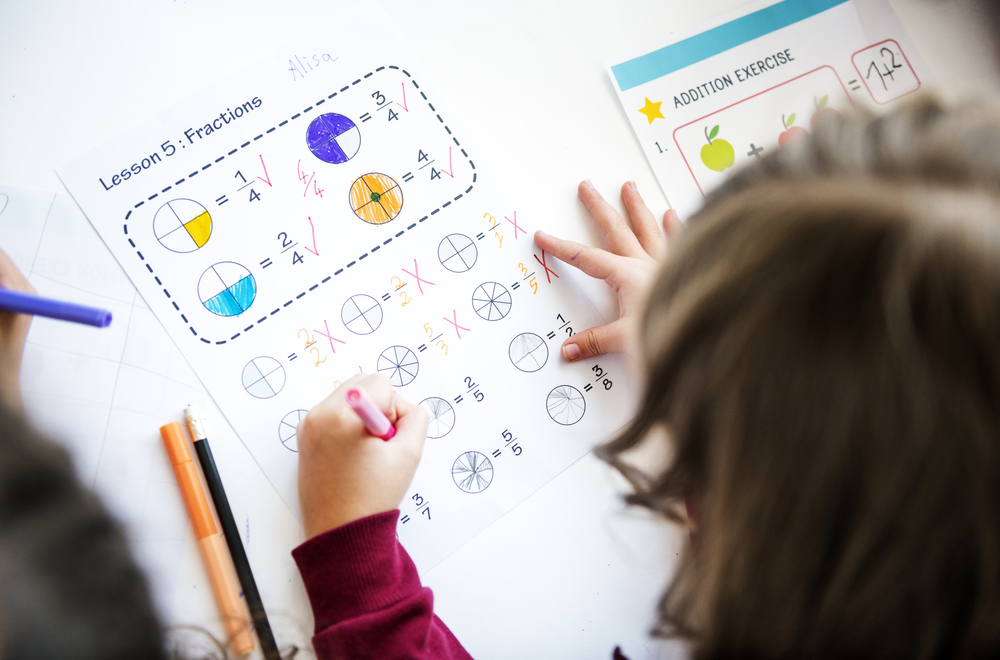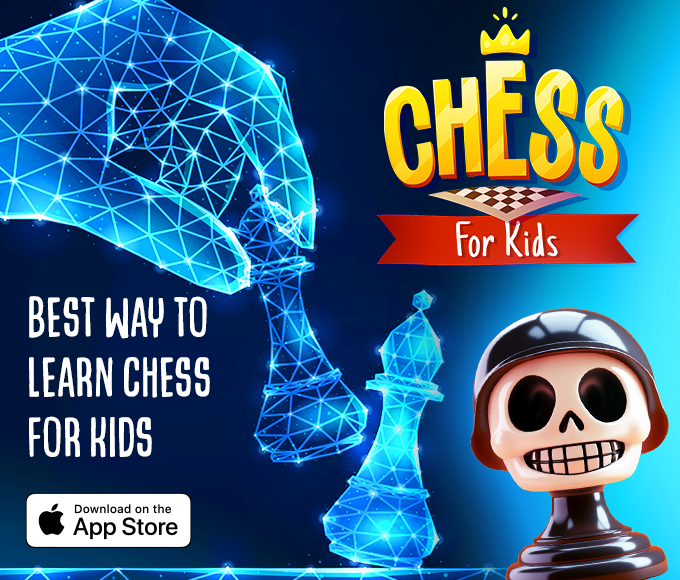Animal identification Math Worksheets for Ages 6-8
5 filtered results
-
From - To
Explore our engaging Animal Identification Math Worksheets designed for children ages 6-8! These worksheets combine fun animal themes with essential math skills, making learning enjoyable and interactive. Kids will sharpen their math abilities while identifying various animals, enhancing their cognitive skills and observation techniques. Our carefully crafted activities promote problem-solving, counting, and basic arithmetic in a playful context. Ideal for classrooms or learning at home, these worksheets empower young learners to become confident mathematicians. Dive into the world of animals and numbers today, and watch your child thrive in their mathematical journey! Perfect for teachers and parents alike.


Animal Tracks: Find 1 Less Worksheet
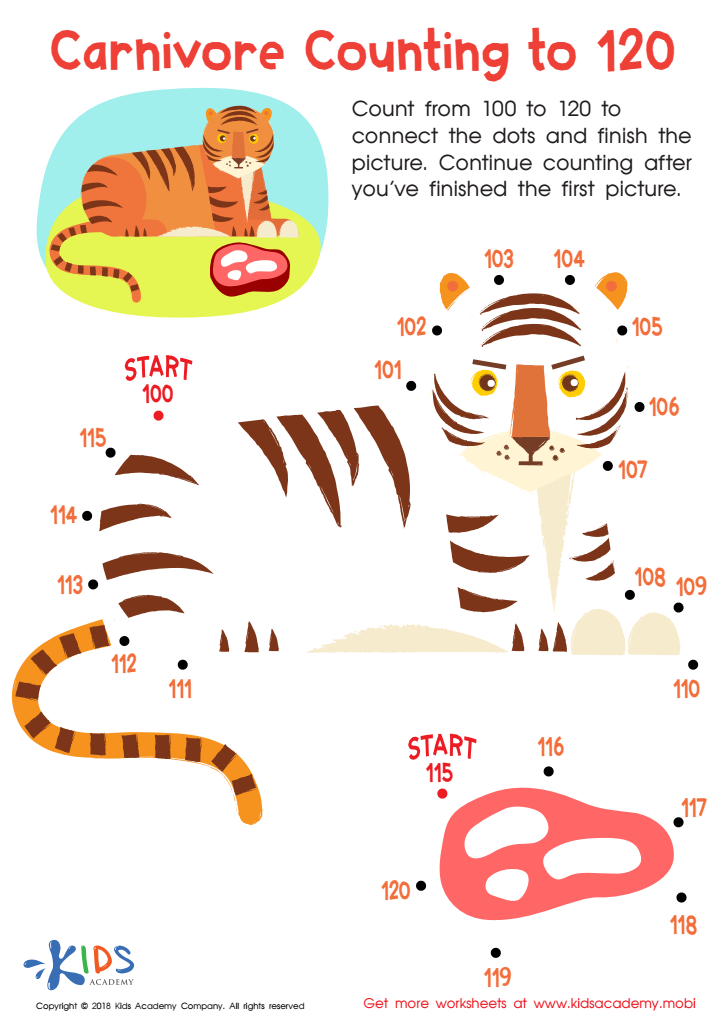

Carnivore Counting to 120 Worksheet


Animal Prints Match-Up Worksheet
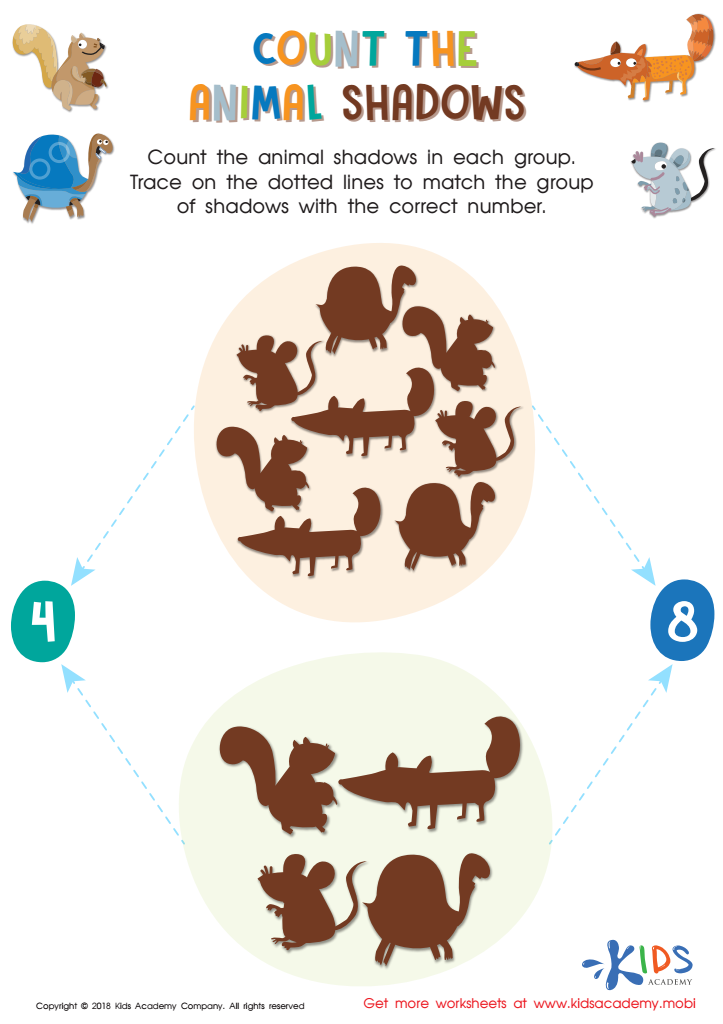

Count the Animal Shadows Worksheet
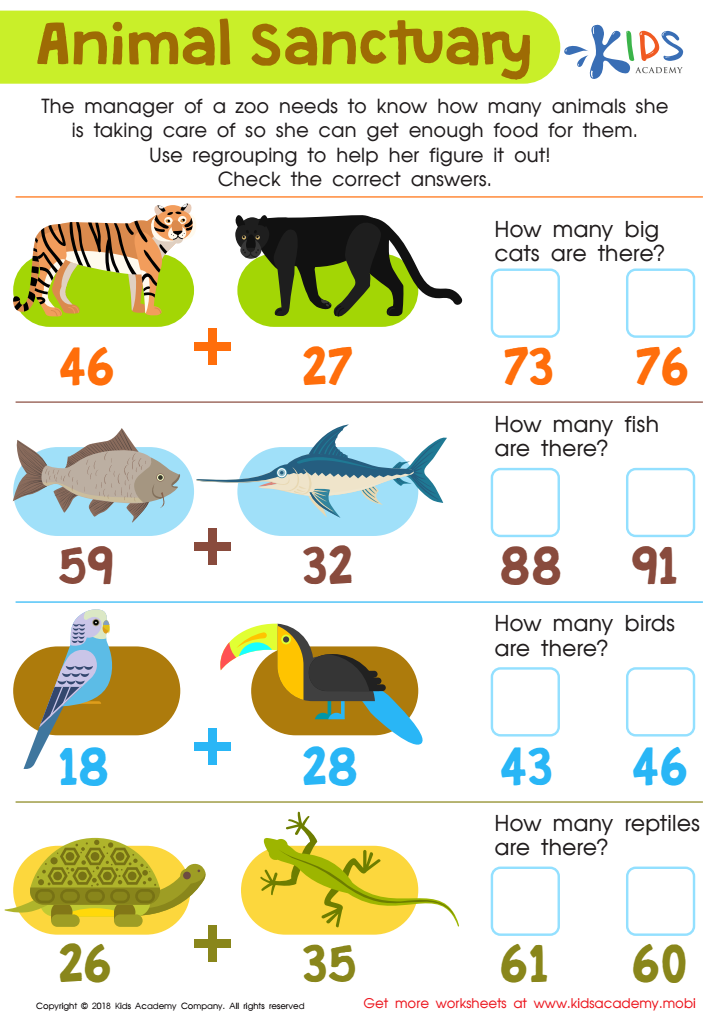

Animal Sanctuary Worksheet
Animal identification math for ages 6-8 combines numerical skills with the fascinating world of wildlife, making it an engaging and educational experience. Parents and teachers should care about this topic because it promotes critical thinking and problem-solving. Through identifying animals and their characteristics, children develop a solid understanding of categorization and classification, aligning with both math and science curricula.
Moreover, this form of learning nurtures curiosity about nature, encouraging children to explore biodiversity and the environment. Engaging with math in a context they find appealing helps young learners grasp fundamental mathematical concepts—such as counting, adding, and understanding patterns—while reinforcing their observation skills.
Animal identification math also supports the development of essential social skills, as children might engage in group activities, such as class discussions or collaborative projects. These interactions foster teamwork and communication skills vital in their overall academic journey.
Finally, instilling a love for animals and the environment at an early age can lead to increased awareness and advocacy for wildlife conservation in the future. By integrating animal identification math into their learning, parents and teachers create a multifaceted approach to education that encompasses core academic skills, environmental awareness, and a lifelong passion for learning.
 Assign to My Students
Assign to My Students

